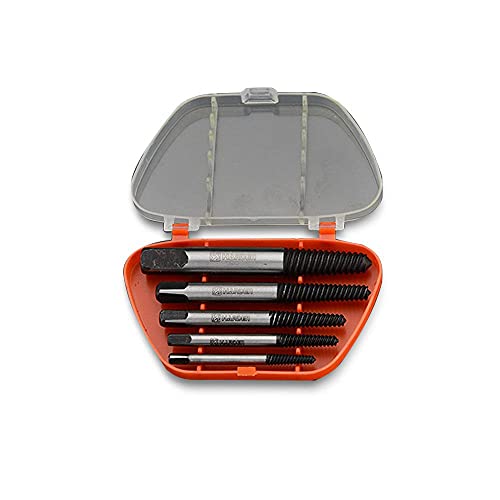RickRag
Active member
Hi guys,
I've cemented out the PGM's with copper and am filtering them now. The solution was negative for values using SnCl. Suprisingly, I did get quite a lot of metal using the copper bus bar. Because there were base metals in the solution, did some of them cement out along with the values?
In retrospect, I discovered the hard way that all the nitric had not been eliminated in that refinement. I had a lot of brown fumes upon addition of SMB and needed a lot of SMB. Eventually I got the solution to look like the pictures included and the dark precipitate settled leaving the pale solution shown.
Accordingly, the remaining AR containing the bulk of the dissolved dental scrap was treated with sulfamic acid to deNOxx what nitric was left. I did not have a gold button in the solution to ascertain how much Sulfamic was necessary but I thought somone suggested adding it until no more fizzing was observed. I did that and filtered the remaining solution. Upon addition of SMB there was quite a reaction that confirmed that I still had not removed all of the nitrates, as before. So I added additional Sulfamic until there was no more fizzing in the heated solution. I then proceeded with additional SMB to drop the gold. I got a lot of precipitate that appears to be a light tan, however the amount of SMB added seems to be more than what I should expect based on the provious refinement. In the pictures of previous refinement, you can see the pale color of the depleted solution containin the PGM's. The solution I am now attempting to drop the gold from is still quite a bit darker and doesnt seem to be getting any lighter even though I've added what I expect to be sufficient SMB for the gold expected. Each addition of SMB brings a reaction that fizzes and but no brown fumes. I dont wan to complicate things by adding too much SMB as others have indicated it will precipitate out other base matals as well, (and may have already have done so) and those are certainly present in the solution i'm dealing with here. How can I tell if I have added enough SMB? Because there are PGM's left in solution, a positive SnCl test is not definitive. Is the color of a positive SnCl test sufficiently distinct to determine if all the gold has been dropped but not the PGM's? Or should i take a small sample of what Im working with and add SMB in sufficient amounts to see if I get the pale solution I got previously? This would keep from adulterating the remainder of the batch. Any guidance would be appreciated.
Rick
I've cemented out the PGM's with copper and am filtering them now. The solution was negative for values using SnCl. Suprisingly, I did get quite a lot of metal using the copper bus bar. Because there were base metals in the solution, did some of them cement out along with the values?
In retrospect, I discovered the hard way that all the nitric had not been eliminated in that refinement. I had a lot of brown fumes upon addition of SMB and needed a lot of SMB. Eventually I got the solution to look like the pictures included and the dark precipitate settled leaving the pale solution shown.
Accordingly, the remaining AR containing the bulk of the dissolved dental scrap was treated with sulfamic acid to deNOxx what nitric was left. I did not have a gold button in the solution to ascertain how much Sulfamic was necessary but I thought somone suggested adding it until no more fizzing was observed. I did that and filtered the remaining solution. Upon addition of SMB there was quite a reaction that confirmed that I still had not removed all of the nitrates, as before. So I added additional Sulfamic until there was no more fizzing in the heated solution. I then proceeded with additional SMB to drop the gold. I got a lot of precipitate that appears to be a light tan, however the amount of SMB added seems to be more than what I should expect based on the provious refinement. In the pictures of previous refinement, you can see the pale color of the depleted solution containin the PGM's. The solution I am now attempting to drop the gold from is still quite a bit darker and doesnt seem to be getting any lighter even though I've added what I expect to be sufficient SMB for the gold expected. Each addition of SMB brings a reaction that fizzes and but no brown fumes. I dont wan to complicate things by adding too much SMB as others have indicated it will precipitate out other base matals as well, (and may have already have done so) and those are certainly present in the solution i'm dealing with here. How can I tell if I have added enough SMB? Because there are PGM's left in solution, a positive SnCl test is not definitive. Is the color of a positive SnCl test sufficiently distinct to determine if all the gold has been dropped but not the PGM's? Or should i take a small sample of what Im working with and add SMB in sufficient amounts to see if I get the pale solution I got previously? This would keep from adulterating the remainder of the batch. Any guidance would be appreciated.
Rick














































